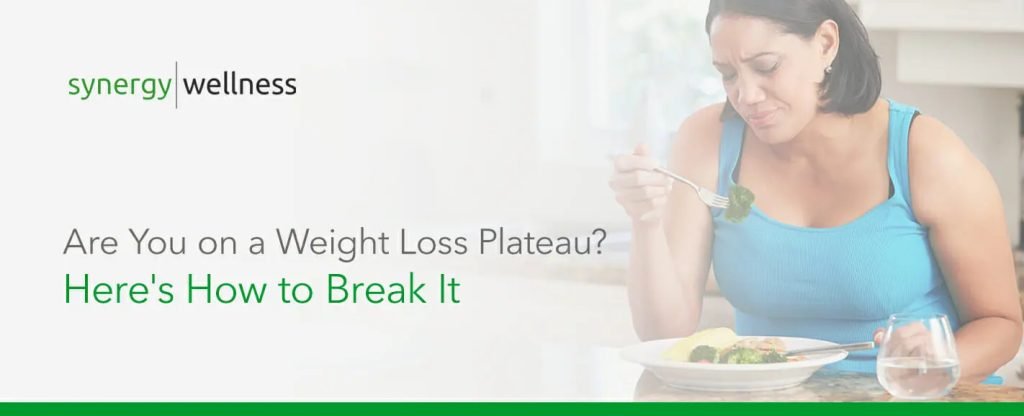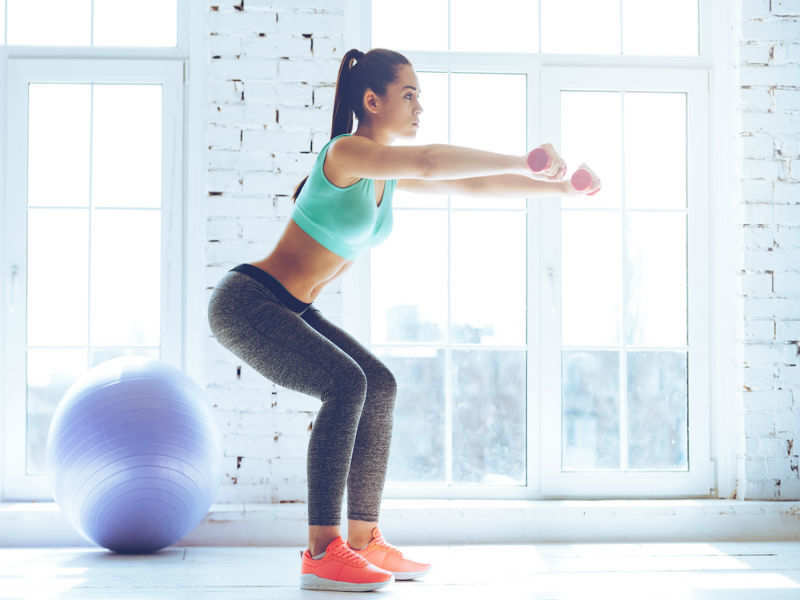
Keep these things in mind when building a health and fitness centre. The space's interior design should be inviting and extend beyond its control desk. Access to cardiovascular machines and climbing walls should be clearly visible from the control desk. There should also be sufficient circulation space. It is important that patrons avoid large spaces. The interior volume should not be too big to give patrons the impression of being in a large box. To reduce the risk of objects reflecting or glaring, natural lighting should also be used.
Information about the health and fitness center
Many people refer to a health and wellness center as a relaxing place to do physical activity. This is because people can avoid bad weather and darkness in the winter. Many people choose to do physical activity at a gym or health club because they are able to park their cars and take public transportation. Others, who have specific health complaints, use the center to treat or prevent these conditions. Many people feel more secure using a gym and health club.
Avoid wearing zippers, metal studs or other metals on jeans when using the health and fitness centre. These metals can tear the fabric on benches. Except for certain classes, you shouldn't wear your feetbared while exercising, except in very limited circumstances. You must wear dry shoes when it rains. You may be denied access to the gym if you don't have the right footwear.
Services offered
A health- and fitness center is a structure or complex that is intended to encourage people to exercise. They can be for-profits or non-profits and should offer options for both serious and casual athletes. They may offer group and individual exercise classes. Some health and fitness centers also have private training facilities, as well as changing rooms, showers, and changing mats.

The Health Zone is a medically-based facility with more than 70,000 square feet of space for exercise and fitness classes. The Health Zone provides free weights, a gym and racquetball courts, as well as a variety other fitness activities. There is also on-site child care for parents. Health Zone can be found east of Yale Avenue, on 68th Street. They are open Monday through Friday from 5 a.m. - 9 p.m.; weekends, from 10 a.m. - 6 p.m.
Group exercise classes offered
A variety of group exercise classes are available at any health and fitness center. There are many classes available, including yoga, kickboxing and indoor cycling. Classes are usually 30 minutes long and require all major muscle movements to be engaged. You may also find a particular fitness class, such as yoga or Pilates, that caters to your needs. The schedule of classes is generally published on the first day of class, and stays the same through the semester.
Healthpark offers over 100 group classes per week. Each class lasts between 50 and 60 minutes and is taught by certified group exercise instructors. All fitness levels are welcome in group fitness classes. The instructors can adjust the exercises to each participant's needs. All classes are available for free to members. To ensure you are able to attend, you can either sign up in advance or show up at the class 15 minutes prior.
Hours of operation
It is important to know the operating hours of fitness and health centers so that you can plan your visit accordingly. Some centers offer limited hours which can impact your ability to workout. Some facilities are open only for a short time, while others may not offer any services at the all. If you're unsure about the hours of operation of a particular health and fitness center, you can always check with the organization.

A good rule of thumb is to check the Health and Fitness Center's website for information on their hours of operation. Holidays, special events, and other scheduled maintenance may cause hours to change. The gym is open to anyone 13 years old and over, provided they have a responsible adult (such as a parent) who can accompany them on the weekdays from 3 p.m. to 6 p.m.
FAQ
Is it true?
Protein is important for maintaining healthy bones and tissue. Too much protein can cause calcium to be excreted through the urine. This can lead to kidney stone formation.
It is important that you note that not all people develop kidney stones when they consume more than 2 grams of protein per kg (2.2 pounds). It is possible to eat high levels of protein without developing kidney stones.
By watching how much sodium you consume, kidney stones can be prevented. Sodium helps regulate water balance in the kidneys. High levels of sodium are linked to a greater risk of developing renal stones.
If you have kidney stones, you can reduce your intake of protein. Protein accounts for about half the daily caloric requirement of most adults. If you cut back on protein, you'll likely lose weight.
If you do decide to eat more protein, don't go overboard. Try to eat less than 20% protein in total calories.
What is a good schedule for a 7-day work out?
A seven day exercise program should include cardiovascular training (running or biking), strength exercises (using freeweights, weight machines) and one flexibility/core workout. Each activity should be done at least once per week. Maximum 45 minutes should be allotted for each session.
Cardiovascular Exercise: Running/Biking/Swimming
The goal is to get in at least 60 minutes of cardio activities per week. To achieve the best results, aim to exercise for at least 75 minutes each week. Cardio exercises can help improve blood flow and stimulate muscle growth.
Strength Training
Cardio exercises target your heart and lungs. Strengthening your muscles and bones is the opposite. Strength training can help you burn calories even when you're not working out.
Flexibility & Core Workouts
Your whole body will be stronger if you have flexibility and core training. Both yoga or Pilates are great options.
Are There Any Benefits to Yoga?
Yoga has been around since ancient times, and it has recently gained popularity. Celebrities and ordinary people love yoga.
Yoga is great for strengthening your muscles and stretching them. It calms you down and relaxes you.
Yoga is more focused on breathing than other forms of exercise.
To improve your balance and flexibility, you can try different poses.
What is the best way to train?
It all depends upon what you are trying to achieve. To build muscle mass, you should first lift heavy weights. Next, move on to cardio. You can then go to strength training if your goal is to lose weight.
Start with cardio if you only want to lose fat. Add strength training to your workouts.
Cardio is the best way to build muscle mass.
Eat before you go to the gym. This will give your muscles more fuel, so they work harder. You will feel happier during your workout.
Do I have to do it every day?
No! You should do at least 30 mins of moderate-intensity activity 5 days per week. It means you need to exercise hard enough or walk fast enough that you are slightly out-of- breath.
Do Men Need A Gym Membership?
A gym membership does not have to be required for men. If you sign up for a gym, however, your money will be much more valuable.
Many gyms offer free trial memberships so you can try the facilities out before paying for anything.
The gym is open to all, and you don't have to pay anything. Your membership can be cancelled at any time you choose to love it or not.
Statistics
- An estimated calorie range for moderately active adult males falls between 2,200 to 2,800 calories per day, depending on age. (eatright.org)
- By John Thompson Take a whopping 38% off a set of PowerBlock Pros. (menshealth.com)
- Get free shipping and 25% off today. (healthline.com)
- Cardmembers earn 5% Back at Amazon.com with a Prime Credit Card. (amazon.com)
- According to the American Academy of Dermatology (AAD), men over 50 are at a heightened risk of developing it. (healthline.com)
External Links
How To
How do I lose weight while working out?
Exercise reduces calories by increasing metabolism, and oxygen consumption.
At moderate intensity, you will lose weight easily.
These are the top tips for burning fat while you exercise.
-
Cardio exercises like walking, running (or jogging), swimming, cycling, running, and/or elliptical training are all good options.
-
Exercise for 30 minutes three times per week.
-
You can add strength training into your exercise routine if you're looking to lose even more weight.
-
Avoid intense workouts. It is possible to build muscle without destroying muscle tissue.
-
Keep hydrated during exercise. Water is essential for flushing out toxins and keeping your body hydrated.
-
After working out, drink low-fat protein shakes. Protein shakes boost energy and repair muscle tissue.
-
You can eat smaller meals throughout the day so that you don't feel hungry in between meals.
-
Don't skip breakfast! Skipping breakfast can cause you to feel tired and sluggish.
-
Take care of your mental health. Stressful situations can slow metabolism.
-
Keep a positive attitude. Studies show that overweight people are more likely to be obese than those who perceive themselves as attractive.
-
Sleep enough. You will have a harder time losing weight if you do not get enough sleep.
-
Always be active. Get up every hour and get moving.
-
Maintain a healthy diet. A healthy diet will help you feel fuller for longer.
-
Find ways to relax. Your body won't release stress hormones that cause muscle tissue destruction if you have a tense mind.
A balanced diet provides all the nutrients necessary for growth and development.
Consider eating six small meals daily instead of three big ones. This allows your body time to digest what you've eaten.
For strong bones to be maintained, you need approximately 500mg of calcium per day. Calcium is found in dairy products like yogurt, fortified milk beverages, orange juices, cereals and bread.
Calcium is found in green leafy vegetables, beans, tofu, seeds, nuts, and cheese.
Vitamin D is essential for calcium absorption. It's found in fatty fish, egg yolk, and some fortified foods.
Vitamin E is crucial for skin health. Vitamin E can be found in vegetable oils as well as wheat germ oil, peanuts and almonds.
Your body requires zinc for normal immune function and wound healing. Zinc can be found as a mineral in oysters.
Zinc deficiency may cause fatigue, loss appetite, depression, and impaired immunity.
Consuming too much sugar can cause insulin resistance. This causes an increase in blood glucose levels. Insulin resistance leads to weight gain.
Insulin resistance develops when there are high levels of free radicals in the bloodstream. Free radicals are molecules containing unpaired electrons which cause damage to cells membranes.
Food additives, pesticides and herbicides, as well as preservatives, smoking and radiation are all sources of free radicals.
Free radical damage can lead to cancer, heart disease, diabetes, arthritis, asthma, and aging.
Antioxidants are essential for preventing free radical damage. Antioxidants protect against oxidative damage.
Vitamin C is found in citrus fruits and beta carotene is found in carrots.
Other antioxidant nutrients include selenium, copper, manganese, and zinc.
Selenium is known to protect cells from the oxidative damage that free radicals can cause. Selenium is also found in Brazil nuts.
Copper protects eyes, brain, lungs and red cells. Copper is also found in poultry, meat, and organs.
Manganese is essential for bone structure. Manganese is found as a component of bone structure in brown rice (spinach, bananas), prunes, raisins and oatmeal.
Zinc is important for healthy growth, reproduction, and wound-healing. Zn is present in lean cuts of meat and white fish, as well as eggs.